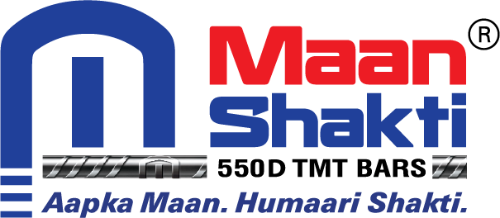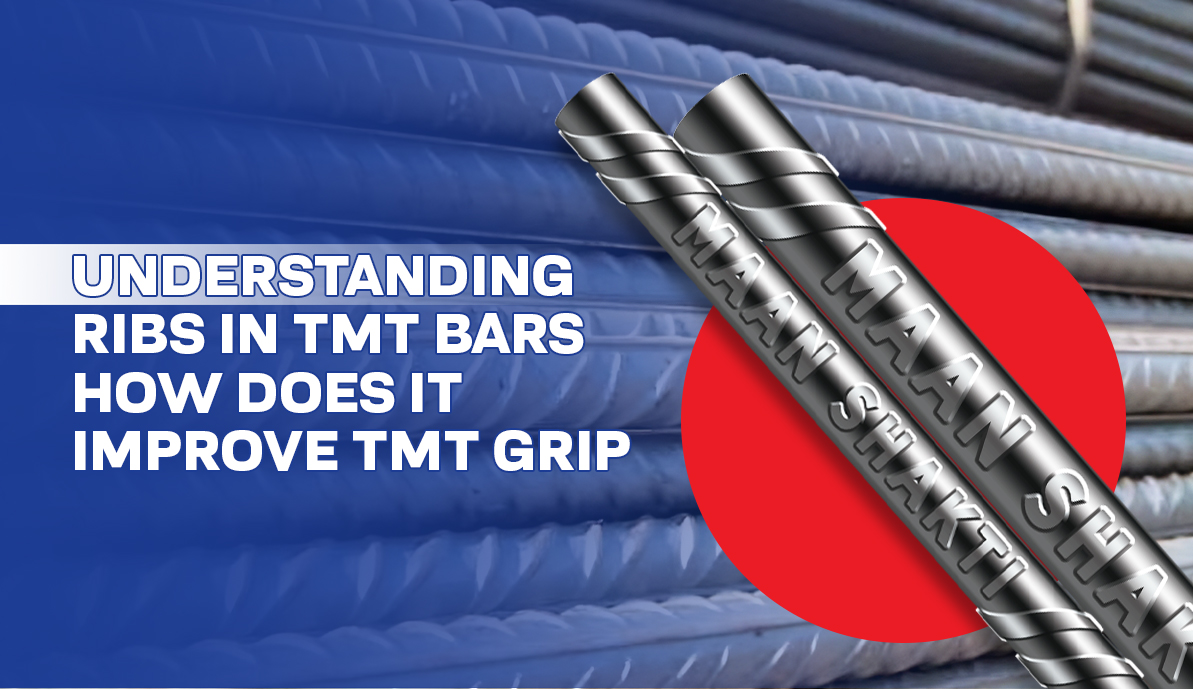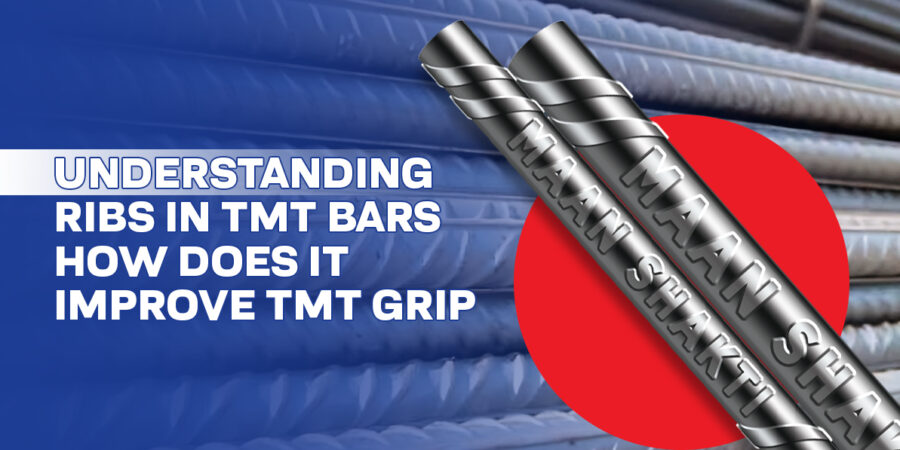A building that stands the test of time is considered premium quality. Today’s construction professionals and engineers favour using quality raw materials because building a robust construction framework is impossible without them.
TMT bars, better known as thermo mechanically treated bars, are a significant consideration. They have become the foundation of today’s residential, commercial, and industrial constructions. But do you know one thing that holds the steel and concrete together? It’s none other than the TMT bar’s grip.
TMT ribs demonstrate the surface texture required for a strong grip. This post enlightens you on the connection between TMT bars’ ribs and grips. If you are in the market for the best corrosion resistant TMT bars, you must first understand the importance of ribs in these bars.
An Overview of TMT Ribs
TMT bars feature a transverse or longitudinal (or, at times, cross-ribbed) structure, known as the rib of TMT bars. Ribs improve the bond with cement. Thinking they are just a mere part of decorating a bar is a sheer misconception. Ribs also strengthen the bars for a longer timeframe. Ribs are why these structures can withstand the catastrophic impacts of natural disasters like earthquakes, storms, and more.
TMT bars may come in contact with concrete, and ribs can prevent slippage. Ribs are the reason why TMT bars are durable. They ensure low maintenance since the bond between the concrete and bars remains strong.
The structure will stand straight, whether a building or industrial construction like a bridge or dam. The load is passed on to the concrete and bars, and ribs ensure an even distribution of stress among them. With excellent ribs on bars, no bar will undergo excessive pressure. Ribs in TMT bars ensure that they sustain any external force or vibration, especially in seismic regions.
Why Does TMT Bars Grip Matter the Most?
Good rib design in TMT bars ensures excellent grip between the bars and concrete. The surface texture of TMT bars’ pattern design improves adhesion between bars and concrete. A quality pattern design ensures excellent grip for constructional durability and strong bonding between concrete and cement. The following are the reasons why good grip matters in construction:
Prevent Slippage
An excellent grip can also prevent slippage between thermo mechanically treated bars and concrete. Regions prone to seismic events or structural movements need excellent slippage protection that can ensure the building’s stability. On that note, the grip ensures the bars are firmly placed.
Excellent Bonding
As mentioned in the earlier section, the grip of TMT bars can improve the bonding between concrete and cement. The ribs can create an interlock with concretes. That’s how it improves the bond strength. Besides, it also ensures the bars are positioned securely within the concrete, even under adverse conditions and dynamic loads.
Corrosion Resistant
Surprisingly, the grip of TMT bars can also improve the corrosion resistance quality. Interestingly, it increases the surface area to form a strong layer of protection. Then, it helps prevent excessive moisture. That way, your TMT bars become more durable, reducing corrosion risks.
Reduces Cracks
The grip is another reason why TMT bars can withstand cracks. The improved bonding between the concrete and cement minimises the formation of cracks in concretes. This quality is more important in regions susceptible to seismic events. In such regions, structures withstand excessive force due to natural calamities like earthquakes. So it reduces the damage and protects everyone residing around the location.
How Does the Design of Ribs in TMT Bars Ensure Excellent Grip?
Every TMT bar has a specific pattern on its outer surface, ribs and lugs. The pattern may have various variations. The following are the parameters of how ribs can have an impact on the TMT bars’ grip with the concrete and cement:
Types of Ribs Available
TMT bars come with a ribbed design that can impact grip quality. In general, there are three types of ribs. While the transverse and longitudinal ribs are more common, there’s no alternative for the cross-ribbed pattern.
Transverse ribs are the patterns outside the bars. They support the bar by offering the required grip for bonding with the cement. These ribs also help the bars withstand external pressure or stress. The next type of rib is the longitudinal rib, which has a line-like structure. These ribs can bear the load of the whole structure.
Finally, the most excellent of all is the cross-ribbed pattern. Bars with cross-ribbed patterns ensure structural stability, improving the bonding between the concrete and cement. These bars are also known as deformed bars. Note that cross-ribbed bars have excellent benefits. They offer amazing benefits, from improving the surface area between the bar and concrete to preventing slippage.
Besides, they can also improve structural integrity and load-bearing potential. Altogether, these ribs form a unique mechanical interlock with the concrete, improving stress and reducing cracks. Rib patterns ensure durability and help create a strong construction structure.
Ribs’ Pattern and Shape
The pattern’s formation and consistency are crucial to consider. The best ones come with uniform patterns. Even the spacing of ribs plays a significant role. It impacts the bars’ strength.
The length of your selected TMT bar in the concrete may improve the bond strength. The right length provides the surface area to improve bonding and prevent slippage.
Wrapping up
1979 witnessed the time when TMT bars were introduced. Since then, the construction domain has shifted its focus to revolutionary methods. Today, TMT bars are a remarkable consideration for any construction project.
The focus is not on selecting TMT bars over other types but on choosing the best TMT bars with excellent rib structure. So, if you are looking for TMT bars with good grip, consider the rib pattern first. Select the best thermo mechanical treated steel bars with decent grip from a wholesale distributor near you.


